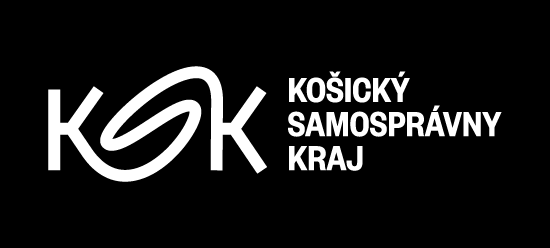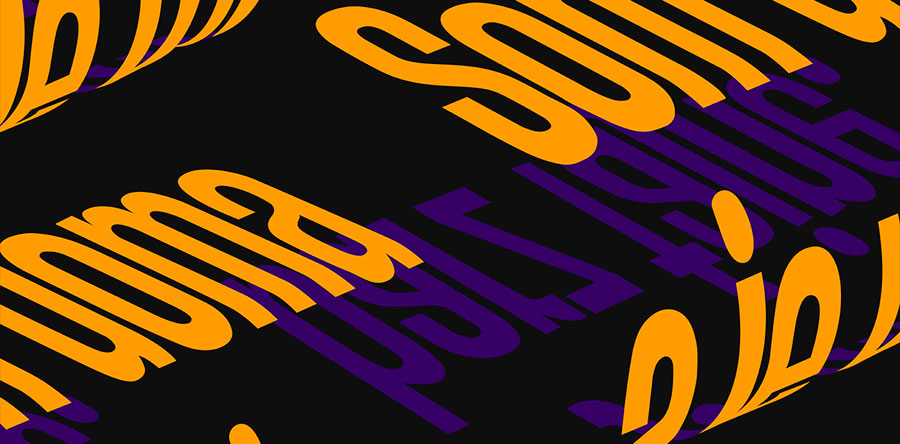Opening: 19. 10. 2021 at 18:00
Exhibition duration: 14. 10. 2021 - 1. 5. 2022 (extended)
Curator: Michal Štofa
East Slovak Gallery, Alžbetina 22, Košice
Exhibiting artists:
Rudolf Altrichter, Emanuel Andrássy, Ákos Aranyossy, Margita Balšianková-Lacková, Blažej Baláž, Andrej Barčík, Štefan Belohradský, František Blažo, Marko Blažo, Viera Bombová, Albín Brunovský, Stano Bubán, Alexander Bortnyik, Alexander Bugan, Július Bukovinský, Milan Dobeš, Andrej Doboš, Lucia Dovičáková, Janka Duchoňová, Igor Ďurišin, Matilda Čechová, Alexander Eckerdt, Oskar Felber, Svetlana Fialová, Tomáš Filo, Daniel Fischer, Nataša Floreanová, Ľudovít Fulla, Ondrej Gavalda, Tibor Gáll, Viera Gergeľová, Július Hegyesy, Vincent Hložník, Jozef Jankovič, Peter Javorík, Jensen, Maroš Juhás, Roman Juhás, Peter Kalmus, Dušan Kállay, Michal Kern, Alojz Klimo, Tamara Klimová, Peter Kocák, Vojtech Kolenčík, Tamara Kolenčíková, Jozef Kornucik, Eugen Krón, Michal Machciník, Jozef Marastoni, Edita Maxonová, Věruna Melčáková-Juneková, Juraj Meliš, Jarmila Mitríková and Dávid Demjanovič, Michal Murin, Ové Pictures (Veronika Obertová and Michaela Čopíková), Milan Paštéka, Jarmila Pavlíčková, Štefan Prukner, Zlatica Reištetterová, Ludwig Rohbock, Juraj Ruttkay, Katarína Rybnická, Gejza Schiller, Emil Sedlák, Alex Selmeci and Tomáš Kocka Jusko, Rudolf Sikora, Boris Sirka, Koloman Sokol, Oliver Solga, Július Szabó, Ivan Štubňa, Peter Valiska-Timečko, Jozef Tušan, Hans Trudel, Zdeněk Veselý, Jaroslav Vodrážka, Ján Zelinka, Ernest Zmeták.
The exhibition presents a selection of artworks from the graphic arts collection of the East Slovak Gallery, exhibiting artworks created in the period from the mid-19th century to the present day. It therefore constitutes an evaluation of the East Slovak Gallery’s graphic arts collection before the creation of a permanent exhibition. The selection of works from the collection is complemented by artworks borrowed from contemporary artists working in the field of communication design or applied graphic art, namely Tomáš Filo, Ondrej Gavalda, Peter Javorík, Roman Juhás, Maroš Juhás, Ové Pictures (Veronika Obertová and Michaela Čopíková), Jozef Tušan and Ján Zelinka. In their work, these artists stretch the boundaries of graphic art, physically interfering with space. They work with text and computer animation and they make extensive use of the internet as perhaps the most sustainable and ecological medium which has the ability to enhance the perception and propagation of their work.
The name of the exhibition project is deliberately misleading in its reference to a single medium. The term graphic art incorporates a great diversity of forms, technological designs and flexible approaches. The collection contains a wide range of designs, from portraiture, figural composition, landscapes and architecture, to abstract and conceptual works. We can consider them all to be creative graphic works (the artists’ independent artistic production), while each individual work is inherently a means of manifestation. The reproducibility of a work of art through graphic techniques makes it more accessible, but may be considered to represent a lower level of originality or value. However, the opposite is true. The creation of numerous copies of the same piece of art raises awareness of the artist’s work and can facilitate wider learning about fine art and culture in general. Philosophy and ideas encoded in the artist’s language are disseminated, stored and passed on with each new print. The process of propagation of these manifestations has been further simplified and accelerated by the use of digital technologies and the internet. When, in 2009, the Trnava Poster Triennial launched a new Website Design category as part of its traditional poster design competition, it provoked outrage among Slovak graphic design purists, particularly the older generation. One of the curators of the Triennial exhibition in 2009, Zdeno Kolesár, later wrote in the exhibition catalogue: “However, we can get the impression that the medium of posters has become tired; we renamed it a banner, billboard, citylight or megaboard. From my point of view, the name does not matter. After all, a good idea is not, nor can be, limited by the format – it is the essence of the medium. Therefore, a poster is not just a format, a poster is an idea. This is why this year’s new competition category of Website Design is not in its essence remote from the activities of graphic designers.” We can, and should, apply this philosophy to the perception of graphic works or, respectively, any other medium. An example is the spatial works of Ondrej Gavalda, Ján Zelinka and Ové Pictures. So too are the digital animations of Roman Juhás designed for the virtual space of social networks.
In the artwork named Face to Face, the graphic designer Ondrej Gavalda works with an interactive font system, exploring “an innovative way of displaying two different pieces of information on one embossed surface. The information displayed changes according to the viewing angle. The surface is covered by a series of embossed pyramid modules for which a unique modular font has been designed.” The exhibited work is one part of a two-part artwork. The viewers are engaged in interaction with this freely positioned object through the manipulation of its rotary upper half. At first glimpse, the work gives the impression of an abstract object, but when part of the work is rotated and the angle of perception changes, the geometric black and white surfaces reveal the shapes of letters and words.
Within his ongoing Anonomy series, the sculptor Ján Zelinka created a work called Deerskin, which can be perceived as spatial graphic art, since it is an imprint of the body of a dead animal on a sheet of paper. The structure and texture of the work is enhanced by water, blood and bits of fur. The work is a monotype, a singular authorised imprint, even though the process itself enables the creation of several copies. Furthermore, the author employed an imprint which was created as a by-product of the technological casting processes within his previous art series. Ján Zelinka reacts to the relationship of man and nature, in particular man and living organisms. He creates records of their existence, monuments tracing their lives in the form of sarcophagi, castings and prints.
The exhibition Graphic Art – Single Medium attempts to map development stages across decades or between authors through a formal comparison of graphic realisations. It tries to outline the future direction by analysing works which transgress the boundaries of the medium and employ digitised, sustainable and ecological approaches. It also seeks to represent the medium of graphic art in its full diversity, illustrating its original dependence on reproducibility and therefore propagation and extensive use of quality paper. In the context of the current ecological situation and global climate change, it questions the sustainability of this medium and tries to suggest relevant answers.



